I used to follow the rulebook: vegetables in rows, flowers along the borders, and never the two shall meet. But the more I gardened, the more that divide started to feel… artificial.
One season, I let go of the labels. I tucked kale between cosmos, scattered nasturtiums near tomatoes, and planted basil where marigolds used to grow. What happened next wasn’t chaos—it was balance, beauty, and abundance.
This is what I learned when I stopped organizing by category and started listening to how plants wanted to grow—together.
Tomato Roses
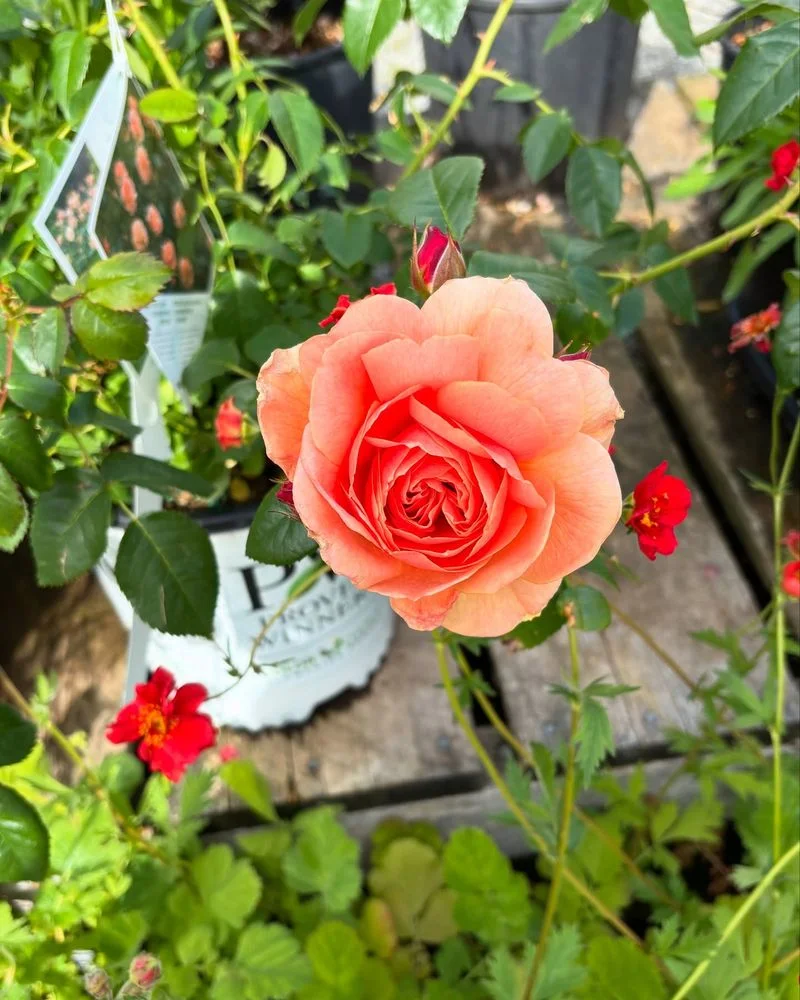
A serendipitous discovery, tomatoes planted among roses, offers unexpected charm. The lush greenery of tomato vines weaves seamlessly through rose bushes, creating a tapestry of color and life.
What’s fascinating is how the roses’ thorny stems provide natural support for the tomato vines. The visual juxtaposition is compelling, proving that beauty and utility can flourish side by side.
These unconventional companions also share similar care needs, making it a practical duo. This pairing is not just visually appealing but also a smart gardening strategy.
Lavender and Kale
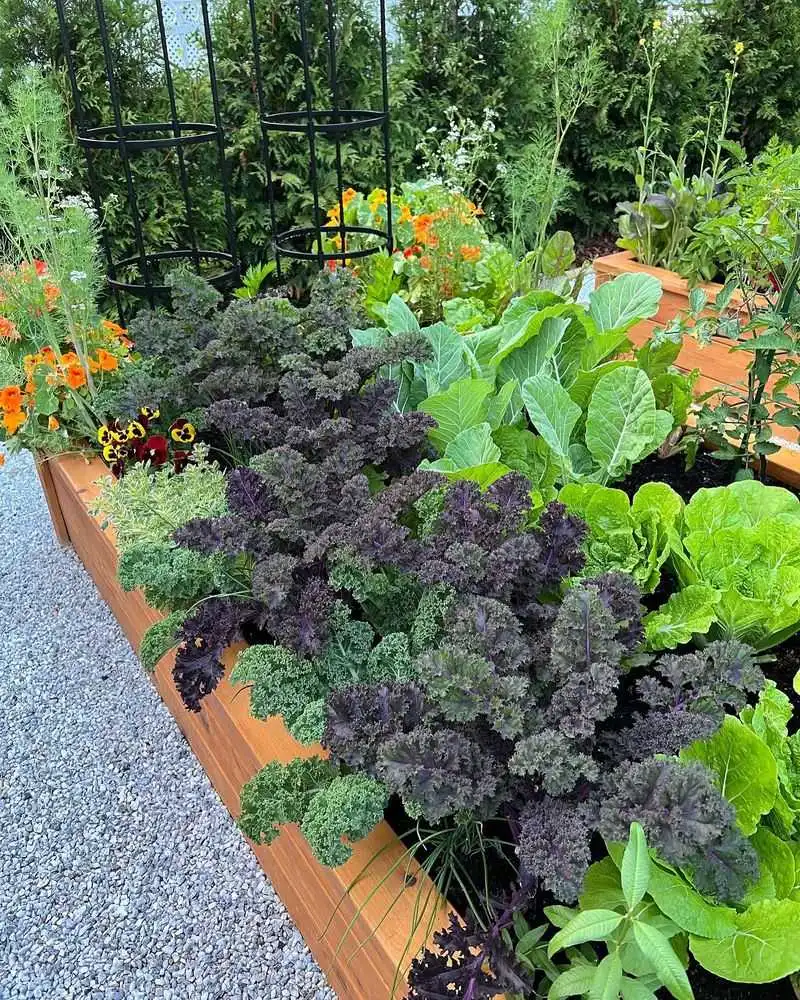
Lavender’s soothing aroma meets kale’s robust presence in a garden partnership that excites the senses.
Lavender, with its silvery leaves and aromatic blooms, pairs nicely alongside kale’s deep green hues. This combo not only appeals visually but also deters pests, thanks to lavender’s natural properties.
Their companionship might seem unusual at first, but the shared sunlight requirements make them ideal neighbors. Plus, harvesting kale while enjoying lavender’s fragrance is a sensory experience like no other.
Sunflower Beans

Sunflowers gracefully tower over their garden mates, providing natural scaffolding for climbing beans.
This dynamic duo illustrates nature’s clever use of resources, with beans gaining support from sunflowers’ robust stems. The symbiotic relationship extends to soil health too, as beans enrich the soil with nitrogen, benefiting their sunny partners.
Together, they create a vertically appealing garden that’s both functional and striking. It’s a delightful example of how integrating edibles and ornamentals can enhance a garden’s structure and sustainability.
Marigold Cabbage

Marigolds and cabbage share more than just garden soil; they forge a protective alliance against pests.
Cabbage, often prey to various garden pests, finds an ally in marigolds, whose pungent scent deters unwanted visitors. This partnership is both strategic and visually delightful, with marigolds’ bright blooms complementing cabbage’s leafy greens.
The practicality of this pairing makes it a gardener’s favorite, ensuring that beauty and functionality coexist seamlessly in the garden.
Basil and Petunias
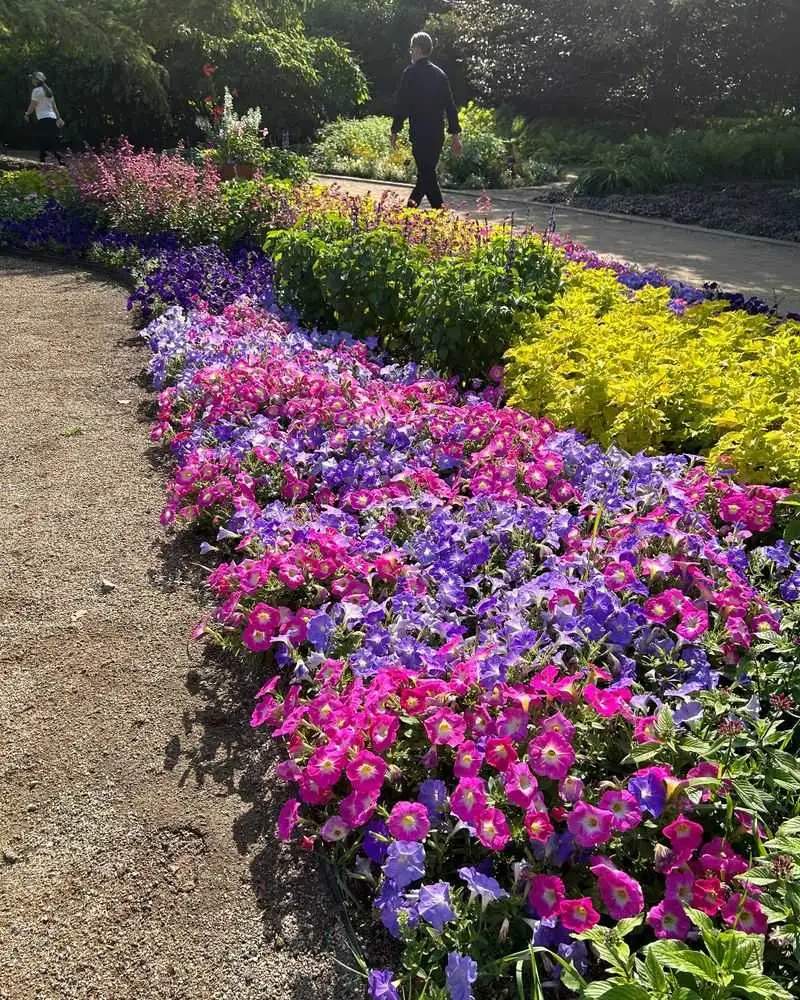
Basil and petunias form a garden friendship that’s both fragrant and pleasing to the eye.
Petunias, known for their resilience, add a splash of color, contrasting basil’s lush green leaves. Together, they create an inviting garden space. Basil’s scent is not just aromatic but also repels insects, providing petunias with natural protection.
This lively duo thrives in similar conditions, making them a low-maintenance yet rewarding combination for any gardener seeking both aesthetics and practicality.
Mint and Zinnias
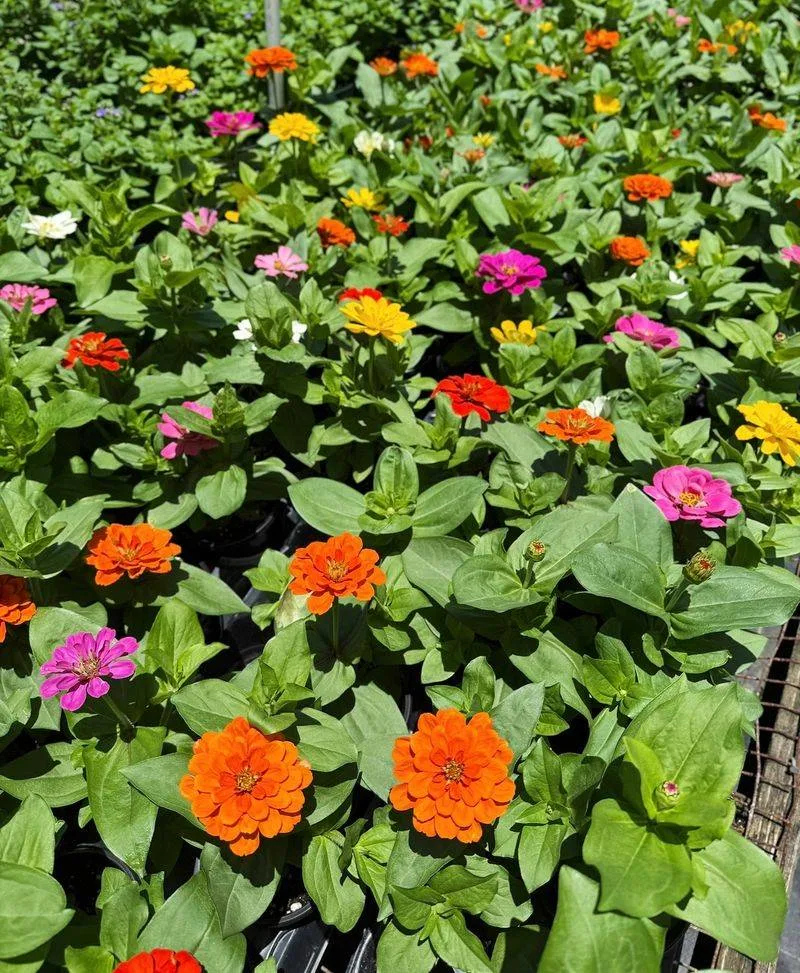
Vibrant zinnias nodding in the breeze are complemented by the refreshing vigor of mint, creating a garden narrative full of life.
Mint’s invigorating scent and sprawling growth pattern work in harmony with zinnias’ bold colors. This duo attracts pollinators, making it a lively spot for butterflies and bees.
The combination not only brings a riot of color but also offers practical benefits, as mint keeps pests at bay while zinnias add a touch of elegance. It’s a vibrant symbiosis that’s both eye-catching and functional.
Cilantro Cosmos
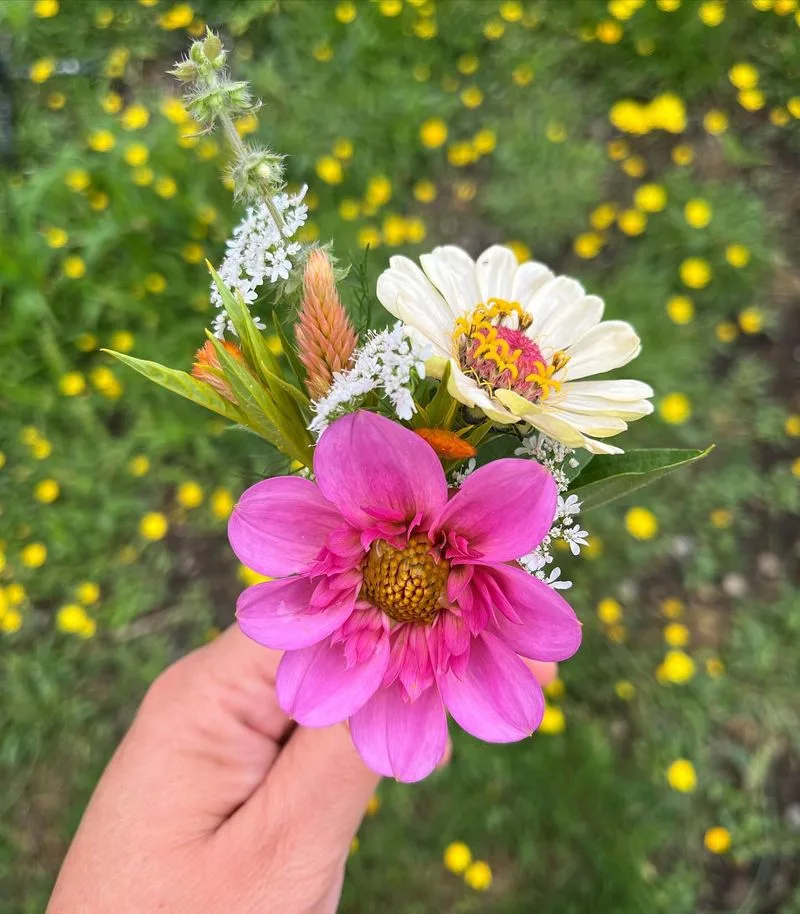
Cilantro, with its feathery leaves, finds a whimsical partner in cosmos, resulting in a garden tableau that’s both playful and purposeful.
The airy structure of cosmos provides a delicate backdrop for cilantro’s dense foliage, creating a balanced aesthetic. Cosmos attracts beneficial insects, enhancing cilantro’s growth.
This partnership is a testament to the magic of mixed planting, where ornamental beauty and edible bounty coexist. Together, they craft a vibrant tapestry that celebrates diversity in the garden.

